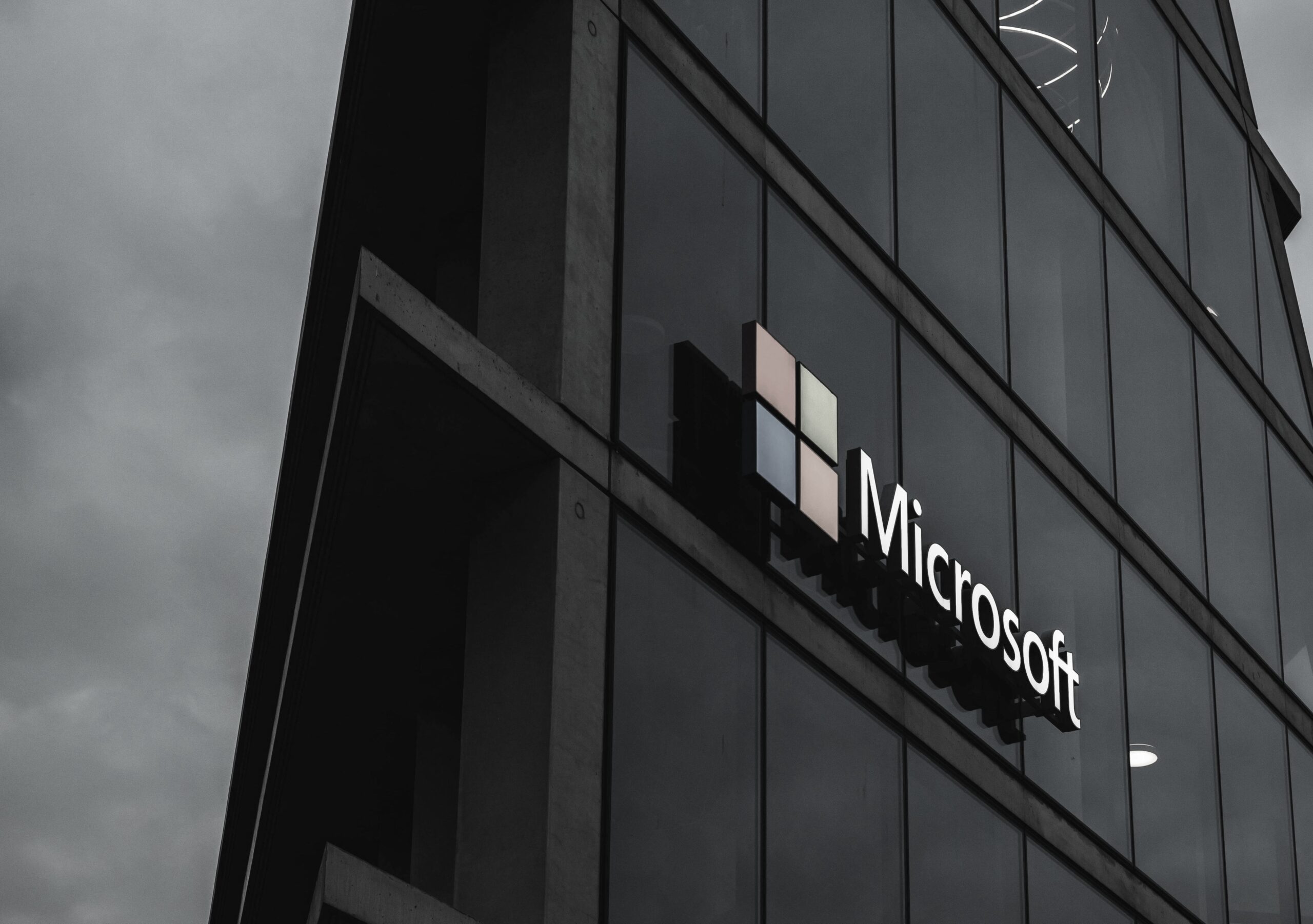The SolarWinds attack, a large-scale cyber intrusion that compromised a widely used software platform, sent shockwaves through the cybersecurity landscape. While the initial narrative focused on a supply chain attack, the full picture might be more complex. Regardless, organizations are now scrambling to understand their vulnerabilities and implement effective defenses. Here, we explore strategies to mitigate risks associated with both traditional supply chain attacks and broader security gaps.
Lessons Learned: The Limits of “Trust”
The SolarWinds incident highlighted the potential dangers associated with trusting third-party software vendors. However, a more nuanced understanding is necessary. The attack might have involved additional techniques beyond simple supply chain infiltration. This emphasizes the need for a multi-layered approach to cybersecurity.
Building a Robust Defense: Beyond Vendor Scrutiny
While carefully selecting software vendors with strong security practices remains crucial (look for certifications and independent audits), organizations must go beyond that initial step. Here’s what you can do:
- Fortify Your Network: Network segmentation isolates critical systems and data, hindering attackers’ lateral movement within your infrastructure.
- Patching is Paramount: Maintain a rigorous software patching process to address vulnerabilities promptly, including those discovered in third-party tools.
- MFA: The Extra Layer of Security: Enforce multi-factor authentication (MFA) wherever possible. This additional step makes it significantly harder for attackers to leverage compromised credentials obtained through a supply chain breach.
- Least Privilege: A Principle of Minimization: Grant users only the minimum level of access required for their tasks. This limits potential damage if a breach occurs.
Beyond the Perimeter: Endpoint Security is Key
- Endpoint Security: Your First Line of Defense: Implement robust endpoint security solutions capable of detecting and preventing malware execution, even if it originates from a seemingly trusted source like compromised vendor software.
- Network Vigilance: Keeping an Eye Out for Threats: Continuously monitor network traffic for suspicious activity. Develop a plan to identify and isolate potential intrusions quickly.
- Security Awareness: Educating Your Team
Invest in security awareness training for your employees. Educate them about cybersecurity best practices, such as phishing email identification and avoiding suspicious links or attachments.
- Be Prepared: Develop an Incident Response Plan
Create a comprehensive incident response plan to effectively respond to security breaches. This plan should minimize damage and downtime in the event of an attack.
Staying Ahead of the Curve: Continuous Learning is Vital
- Security Updates: Knowledge is Power
Subscribe to security advisories and industry publications to stay informed about the latest security threats and vulnerabilities.
- Threat Intelligence: Proactive Defense
Consider using threat intelligence feeds. These can provide insights into attacker tactics and techniques, allowing you to proactively adapt your security measures and stay ahead of evolving threats.
The SolarWinds attack serves as a stark reminder that a layered security approach is essential. By combining robust supply chain risk management with strong internal security practices, organizations can significantly reduce their susceptibility to sophisticated cyberattacks.




